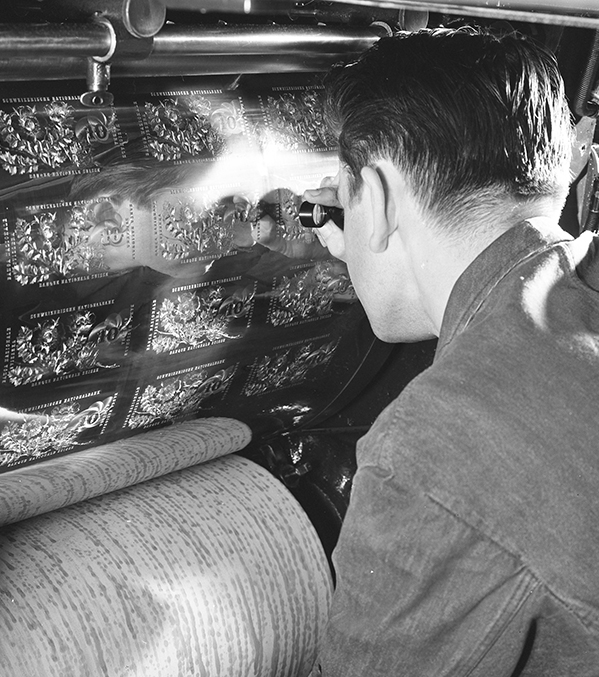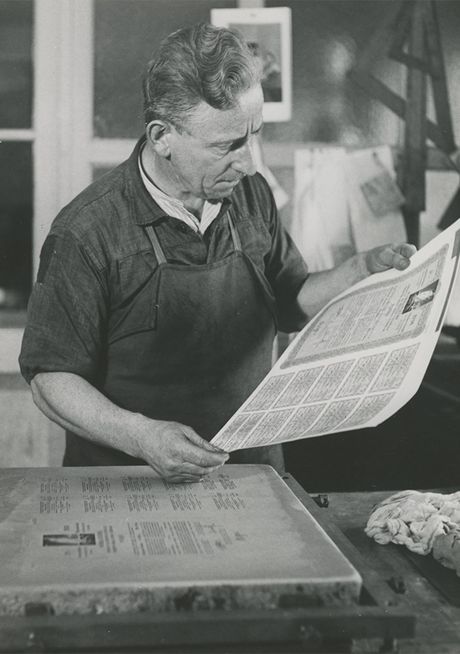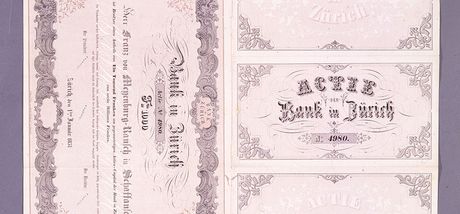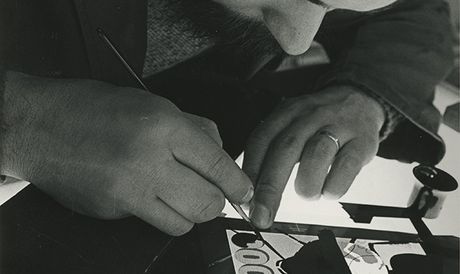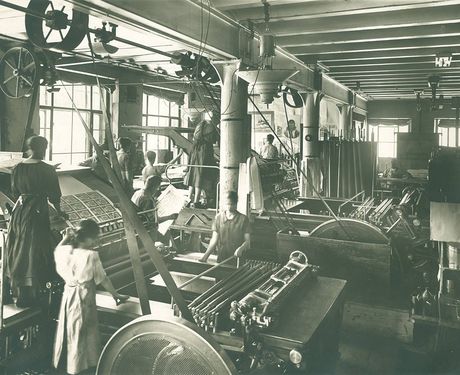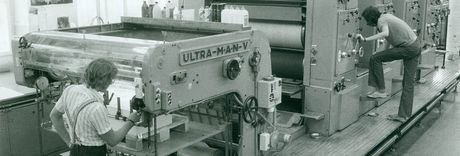History
From the bible to the banknote: milestones in the 500 year company history of Orell Füssli.
500 years of tradition
Orell Füssli Ltd. Security Printing’s company history begins with book printer Christoph Froschauer’s move from Altötting in Bavaria to Zurich. In 1519, Christoph Froschauer became a citizen of Zurich. The city commissioned him with various printing contracts. These formed the basis for the establishment and expansion of the company. Through continuous improvement of the printing process and the use of innovative techniques, the company, which called itself Orell Füssli since the end of the 19th century, became a market leader in security printing and security technology.
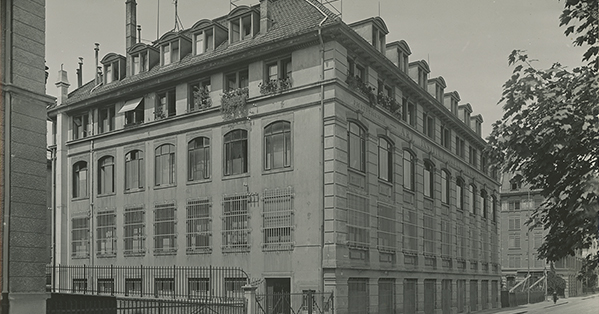
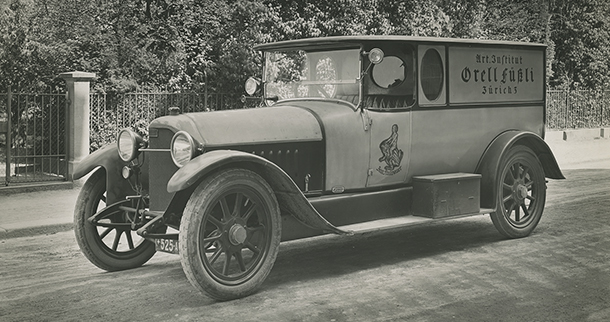
The roots
The creation of Orell Füssli Ltd. Security Printing is closely linked to the history of printing and publishing on the one side and the culture of Zurich on the other. Soon after founding his company, Christoph Froschauer became known locally and beyond Zurich as skilled printer and publisher of biblical texts (the Froschauer bible). Over the centuries, the printing establishment changed ownership several times. However, it always remained in the hands of important Zurich families like the Bodmers, Rahns, Heideggers, Füsslis, Gessners and Orells.
Printing, publishing and bookselling
The three pillars of the business; printing, publishing, and bookselling, were successfully established and continuously expanded. In 1770, the Zurich families Orell, Gessner and Füssli founded the publishing house which produced, among others, the works of Shakespeare and Homer in German. In 1780, the first edition of the “Neue Zürcher Zeitung” appeared on the streets, even today a paper of great renown. In 1868 this became its own company, NZZ AG.
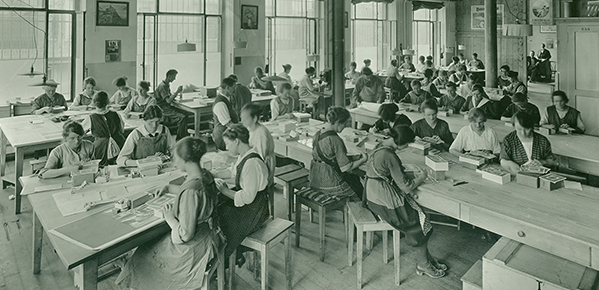
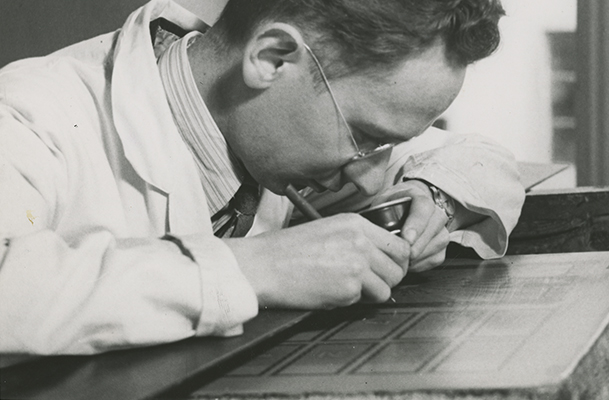
Milestones in printing technology and security printing
In the political turmoil of the 19th century, the focus shifted from publishing to printing. In 1827, Orell Füssli printed its first bonds, in 1843 its first European stamps, the famous “Zurich 4”, which were the second stamp series to appear in the world. The development of the 10-colour photochromic process in 1880 marked a technical success story for the reproduction of painting (asphalt photo lithography, also known as Orell Füssli printing). The process expanded globally through Photoglob AG, which still belongs to the Orell Füssli Group. In the field of bond security, Orell Füssli invented the Hedopra engraving process with variable line widths and frequency. From 1970, this was the main process used for the 6th series of Swiss banknotes.
Banknotes for the Swiss National Bank
In 1911, the launch of banknote printing for the Swiss National Bank marked a further milestone in Orell Füssli Ltd. Security Printing’s history. In 1923, the newly built business space in Zurich Wiedikon, still the head office of the Orell Füssli Group today, was where the copperplate printing process was introduced. During the Company’s strategic restructuring phase in 1992, banknote printing was completely modernised, laying the foundations for printing the digitally produced design of the 8th series of Swiss banknotes with the utmost precision. At the same time, the commercial printing division was sold to the Zürichsee Medien Group and the cartography division became an independent entity.
The most recent Orell Füssli Ltd. Security Printing masterpiece is the 9th series Swiss banknote. The printing processes are extremely complex and unique. The new banknotes fulfil traditionally high Swiss standards for security. They are equipped with a combination of proven and newly-developed security features. These features are incorporated into the front and reverse side of the banknote using various technologies on the innovative three-layered banknote substrate known as Durasafe®. It’s the combination of complex security features and challenging design that distinguishes the new series of notes. This approach makes the new series extremely difficult to forge.
In July 2002, the Orell Füssli Group bought 76% of the shares of Atlantic Zeiser AG in Emmingen. They purchased the remaining 24% in 2005. Atlantic Zeiser, with operations in Germany, England, and the United States, employs over 350 people and produces systems that confer an individual identification to documents as well as banknotes. This opens new possibilities for Orell Füssli in the global industrial market.
